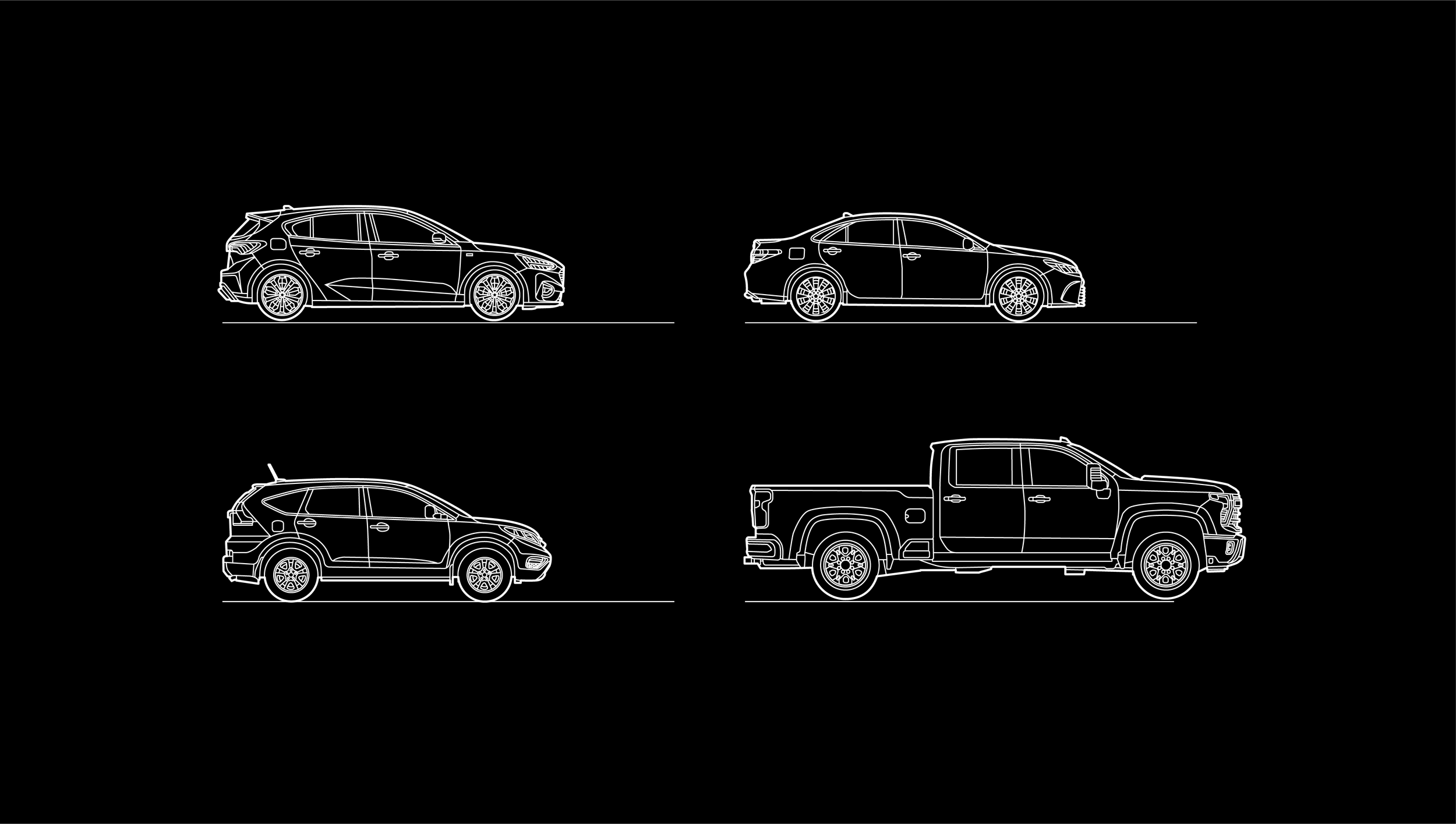
Crush Hour: Analysis suggests heavier vehicles kill more people than they save.
A recent investigation by The Economist highlights a deadly trend on American highways: the increasing size of vehicles directly contributes to more road fatalities. While large SUVs and pickup trucks offer greater protection for their drivers, the same cannot be said for others sharing the road. As The Economist notes, 'the fatality rate is roughly seven times higher when colliding with a heavy pickup truck than with a compact car,' underscoring how the weight disparity endangers smaller vehicles, cyclists, and pedestrians.
Although these findings focus on America, they carry important lessons for Britain. The rising popularity of large SUVs and heavier cars in the UK leads to a similar 'arms race,' where drivers feel compelled to buy more oversized vehicles to protect themselves from others on the road. However, this trend increases the overall danger, as heavier vehicles are far more likely to cause severe injuries or deaths in the event of a crash.
The data from the US makes it clear: 'For every life that the heaviest 1% of SUVs and trucks save, there are more than a dozen lives lost in other vehicles.' If this pattern continues to play out on UK roads, we could see a dramatic rise in fatalities and serious injuries as more large vehicles hit the streets. Without intervention, Britain may be on track to face the same grim reality as America, where pursuing personal safety through vehicle size is costing society dearly."
This approach directly links the US findings to potential UK road safety concerns, showing how the same vehicle trends may produce similar effects in Britain.

“
”
In the UK, the increasing size of cars is becoming a growing concern, not only for road safety but also for environmental impact. As highlighted by Sustrans, much of this trend is being driven by regulations that fail to curb car size growth, with design rules remaining lenient and outdated tax policies inadvertently promoting larger vehicles. This is particularly evident with SUVs, which are often classified as "light trucks," allowing them to bypass stricter fuel-efficiency standards. As a result, manufacturers are incentivized to produce bigger cars that offer little advantage beyond comfort and perceived safety.
Sustrans also draws attention to the negative consequences for vulnerable road users. Larger vehicles take up more space, contribute to congestion, and pose increased risks to cyclists and pedestrians, who are more likely to suffer serious injury in the event of a collision. The report makes clear that without action to address the regulatory framework allowing this unchecked growth, UK roads may see more accidents and further environmental damage in the years to come.
In the UK, the weight of new vehicles is steadily creeping up, mirroring a trend more often associated with America’s oversized pickup trucks. While many Brits might think of huge American pickups as the prime examples of dangerous road beasts, the reality is that even the more commonplace sleepy sub-urban SUV poses a significant threat on UK roads. According to Autocar, the average weight of new cars in the UK has surged by nearly 400kg in the past seven years, with the majority of these being EVs, SUVs, or a combination of both. In the first quarter of 2024 alone, the average weight of cars tested reached 2,087kg (4,601 lbs)—well beyond the weight of traditional vehicles just a decade ago.
The heaviest of these, the electric Mercedes-Benz EQS SUV, weighs an astounding 2,899kg (6,391 lbs), a figure that would have once been unthinkable for a consumer vehicle. While these large, heavier cars are marketed for their safety and spaciousness, their sheer weight poses a significant threat to others on the road, including smaller vehicles, cyclists, and pedestrians. The growth in vehicle weight reflects not only a rise in luxury SUVs but also the trend towards electric vehicles, whose heavy batteries further add to the load. As the average vehicle size continues to increase, the UK must confront the risks that these "sleepy SUVs"—not just flashy American pickups—pose to road safety and infrastructure.
The Economist. (August 31, 2024). Too much of a good thing. Retrieved from https://www.economist.com/interactive/united-states/2024/08/31/americans-love-affair-with-big-cars-is-killing-them
Sustrans. (May 2023). Why are cars getting bigger? A deep dive into how UK regulations are enabling car size growth. Retrieved from https://www.sustrans.org.uk/media/12439/why-are-cars-getting-bigger-a-deep-dive-into-how-uk-regulations-are-enabling-car-size-growth.pdf
Autocar. (July 2, 2024). Average weight of new cars rises by nearly 400kg in seven years: Rapid rise in mass is driven by electrification, popularity of SUVs and disappearance of lightweight small cars. Retrieved from https://www.autocar.co.uk/car-news/new-cars/average-weight-new-cars-rises-nearly-400kg-seven-years




